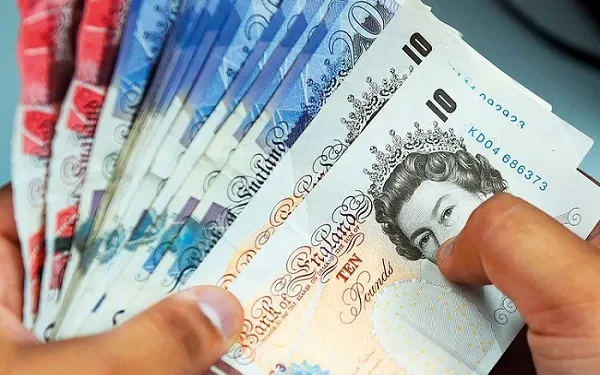GBP/USD turned south after failing to stabilize above 1.2200.
The near-term technical outlook points to a bearish tilt.
A drop below 1.2130 could attract technical sellers.
GBP/USD reversed its direction after rising above 1.2200 on Monday and retreated to the 1.2150 area early Tuesday. The pair’s near-term technical outlook points a bearish tilt and additional losses could be witnessed if the 1.2130 support fails.
In the absence of high-impact data releases, the improving risk mood made it difficult for the US Dollar (USD) to find demand in the American session on Monday. Meanwhile, Philadelphia Federal Reserve President Patrick Harker reiterated his dovish message by saying that the US central bank was “very likely done” with interest rate hikes, putting additional weight on the USD’s shoulders.
Following the soft wage inflation data from the UK, however, GBP/USD lost its traction in the European morning on Tuesday. Average Earnings Including Bonus grew by 8.1% on a yearly basis in the three months to August, the UK’s Office for National Statistics reported. This reading followed the 8.5% growth recorded in July and came in below the market expectation of 8.3%.
Pound Sterling price today
The table below shows the percentage change of Pound Sterling (GBP) against listed major currencies today. Pound Sterling was the weakest against the Australian Dollar.
Meanwhile, the cautious market stance helps the USD hold its ground and doesn’t allow GBP/USD to shake off the bearish pressure. After moving sideways in the Asian session, US stock index futures started to stretch lower and were last seen losing between 0.25% and 0.3%.
September Retail Sales data for September will be featured in the US economic docket. A negative surprise could hurt the USD but GBP/USD could stay on the back foot unless there is a noticeable positive shift in market mood.
GBP/USD Technical Analysis
GBP/USD turned south after rising to the 1.2200 area, where the Fibonacci 23.6% retracement of the latest downtrend, the 50-period and the 100-period Simple Moving Averages (SMA) are located, confirming the significance of this resistance. In the meantime, the Relative Strength Index (RSI) indicator on the 4-hour chart declined to 40, pointing to a buildup of bearish momentum.
On the downside, 1.2130 (static level) aligns as immediate support. A 4-hour close below that level could bring in additional sellers. In that scenario, GBP/USD could meet interim support at 1.2100 (static level, psychological level) before targeting 1.2050 (end-point of the latest downtrend).
If GBP/USD rises above 1.2200 and confirm that level as support, it could stretch higher toward 1.2250 (static level) and 1.2300 (Fibonacci 38.2% retracement).



























